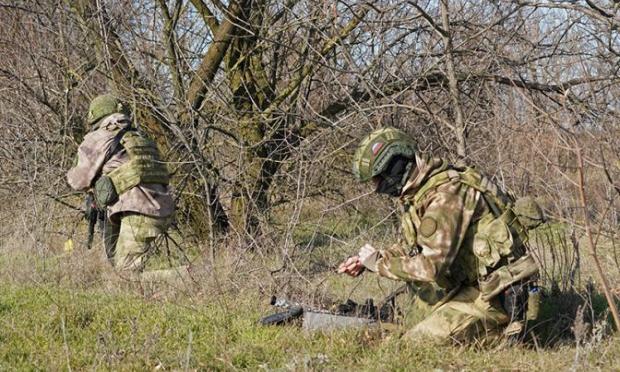NATO defense ministers will meet to discuss the deployment of new weapons systems once again, pushing for new weapons shipments while the alliance calls for replenishment of these countries' munitions and weapons.
Greece is under constant pressure on the matter understandably, but it is estimated that we do not have and cannot send any more armaments to Ukraine, due to our own needs, and due to Erdogan's unclear attitude after the earthquake.
The Turks have not made clear their intentions as to where they will go to find 80-90 billion euros to rebuild the damaged areas, and all scenarios in the Aegean and Eastern Mediterranean are wide open.
After all, for those who think that Turkey will change course, we remind you that while the Turkish forces were collecting dead and surviving in the ruins, at the same time the Turkish Armed Forces were beating Kurds in Northern Iraq and Syria, and this tells us everything.
NATO Defense Ministers are meeting in Brussels on February 14-15, 2023 to discuss "enhancing the Alliance's deterrence and defense and to support Ukraine," according to the NATO website.
In a preview of the February 13 meeting, NATO Secretary General Jens Stoltenberg noted the urgent need to deliver key weapons systems to Ukraine before Russia can take the initiative on the battlefield. "We are in a supply race," he said, stressing that "speed will save lives."
According to him, NATO defense ministers are expected to “agree on a new level for NATO defense planning and consider ways to increase defense industrial capacity and replenish stocks. They will also take steps to increase protection of critical undersea infrastructure and discuss ways to maintain and strengthen defense spending across the Alliance."
Reuters reports that NATO is expected to ask its members to increase its stockpile of ammunition severely depleted by the war in Ukraine, as the allies try to arm Kiev and their own armies on a sustainable basis after a year in a crisis situation.
Ukrainians lose drones in Bakhmut
Since January, the Armed Forces of Ukraine have lost at least a hundred drones near Bakhmut, which are used to correct artillery and mortar fire.
Drones cannot fly near Russian positions, as they are suppressed by electronic warfare systems.
This was reported by military observer Graziella Giangiulio in the Italian edition of AGC News.
Units of the 80th Air Assault Brigade of Ukraine first encountered such a phenomenon in November last year near Kremenaya, but the failures of Ukrainian drones near Bakhmut since the end of January have become truly massive.
The losses of the Ukrainian drones of several large formations of the Armed Forces of Ukraine (53rd, 93rd and 63rd mechanized brigades), are significant.
According to preliminary data, since the beginning of January 2023, the drone operators of the units of these brigades have recorded the loss of at least 77 drones.
Ukrainian drones lose control with checkpoints in the abandoned settlements of Kletsevka, Kurdumovka, Zelenopolnye and Ozeronovka, which are within the urban fabric of Bakhmut.
The mass neutralization of Ukrainian drones could be connected to the project of mobile electronic warfare stations that appeared relatively recently on the front.
Russian troops are not only improving their electronic warfare, but also using drones to correct artillery fire.
"The goal is to improve artillery fire on Ukrainian positions when the Ukrainians counterattack," says an expert.
However, with the increasing use of drones, even Russian troops are facing serious problems.
One of them is the use of drones in strong wind conditions, due to which the battery of the drones drains very quickly and the drone cannot hit the target.
Small Russian drones are difficult to detect and even more difficult to neutralize. Destroying them in the air is also very expensive, since a missile from a Patriot or NASAMS air defense system can cost $1 million or more. That's why the Ukrainians are trying to shoot down Russian drones with portable systems that cost many thousands of dollars.



